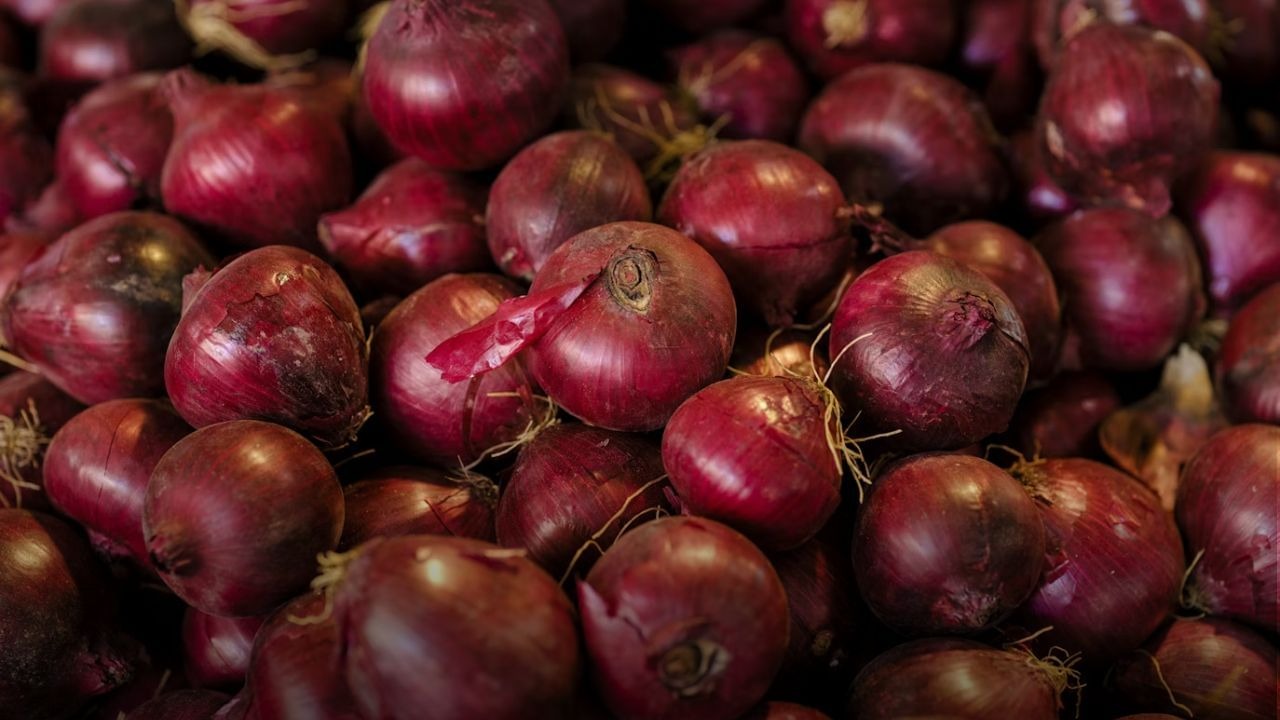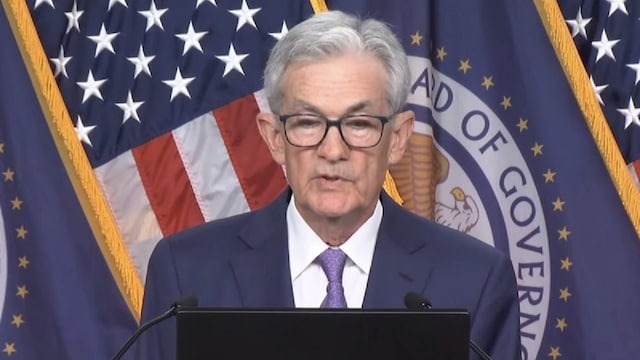
A few days ago, it was predicted that onion production may decrease. On the other hand, after the removal of export duty, onion prices have once again started to rise. Given this, the government has started taking measures. The government has now talked about releasing the buffer stock in the market and selling onions at Rs 35 per kilogram across the country.
According to government data, the average price of onion in Delhi has reached Rs 58 per kilogram. Which was Rs 55 on the last business day of last month. On September 23, the price of onion was Rs 38 per kilogram. This means that in the last one year, onion prices have increased by 53 percent. Let us also tell you what kind of steps the government is going to take to control onion prices.
The government is removing the buffer stock of onion.
The government has stepped up its efforts to curb onion prices by increasing sales from buffer stock in wholesale markets given the surge in retail prices after the recent removal of export duty. Consumer Affairs Secretary Nidhi Khare said on Monday that the Center has started releasing onions from its buffer stock in wholesale markets of Delhi and other major cities. The government plans to retail subsidized onions across the country. Khare said that we had anticipated a surge in prices after the removal of export duty. With our buffer stock of 4.7 lakh tonnes and increased area of Kharif sowing, we hope that onion prices will remain under control.
Plan to sell it for 35 rupees across the country.
The government is planning to increase the retail sale of onion at a subsidized rate of Rs 35 per kg across India. In this, more attention is being given to those cities where prices are higher than the national average. According to official data, the retail price of onion in Delhi on September 23 was Rs 58 per kg, which was Rs 38 per kg in the same period a year ago. Prices in Mumbai and Chennai have reached Rs 58 and Rs 60 per kg respectively. The government has been selling onion at the rate of Rs 35 per kg since September 5 through mobile vans and shops of National Cooperative Consumer Federation of India (NCCF) and National Agricultural Cooperative Marketing Federation of India (NAFED) in Delhi and other state capitals.
Onion production will increase or fall.
Khare has high hopes for the upcoming Kharif onion crop. For this, he cited a much higher area than last year. He said that the arrival will start next month and we do not see any production-related concerns. On Saturday, advance estimates related to horticulture were released. In which it was said that in the financial year 2023-24, onion production is likely to fall by 19.76 percent to 24.24 million tonnes due to low yield in major areas of the country. Now it will be interesting to see which way the prices of onion go in the coming days.
From oil to pulses, prices rise.
The secretary also talked about the prices of other commodities. Regarding edible oils, he accepted the increase in prices after the recent import duty hike and said that this step has been taken to protect domestic farmers. Regarding tomatoes, Khare said that the government will keep an eye on the trends and intervene if needed. With domestic tur and urad production being good and an increase in pulses imports, Khare expects stability in pulses prices in the coming months. The government had removed the minimum export price of $ 550 per tonne on onions 10 days ago, while the import duty on crude palm oil was increased to 20 percent and on refined sunflower oil to 32.5 percent, to support domestic oilseed farmers and processors.

 Desk
Desk Share
Share






